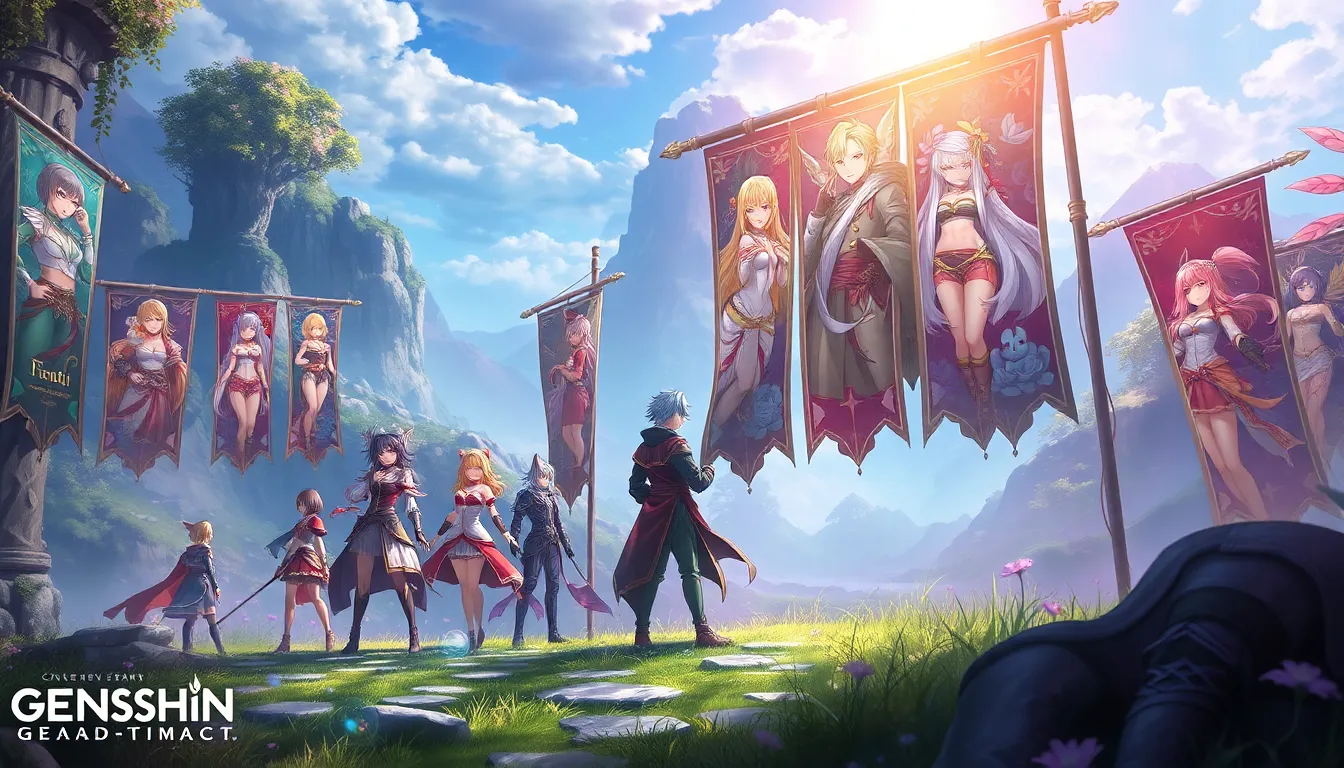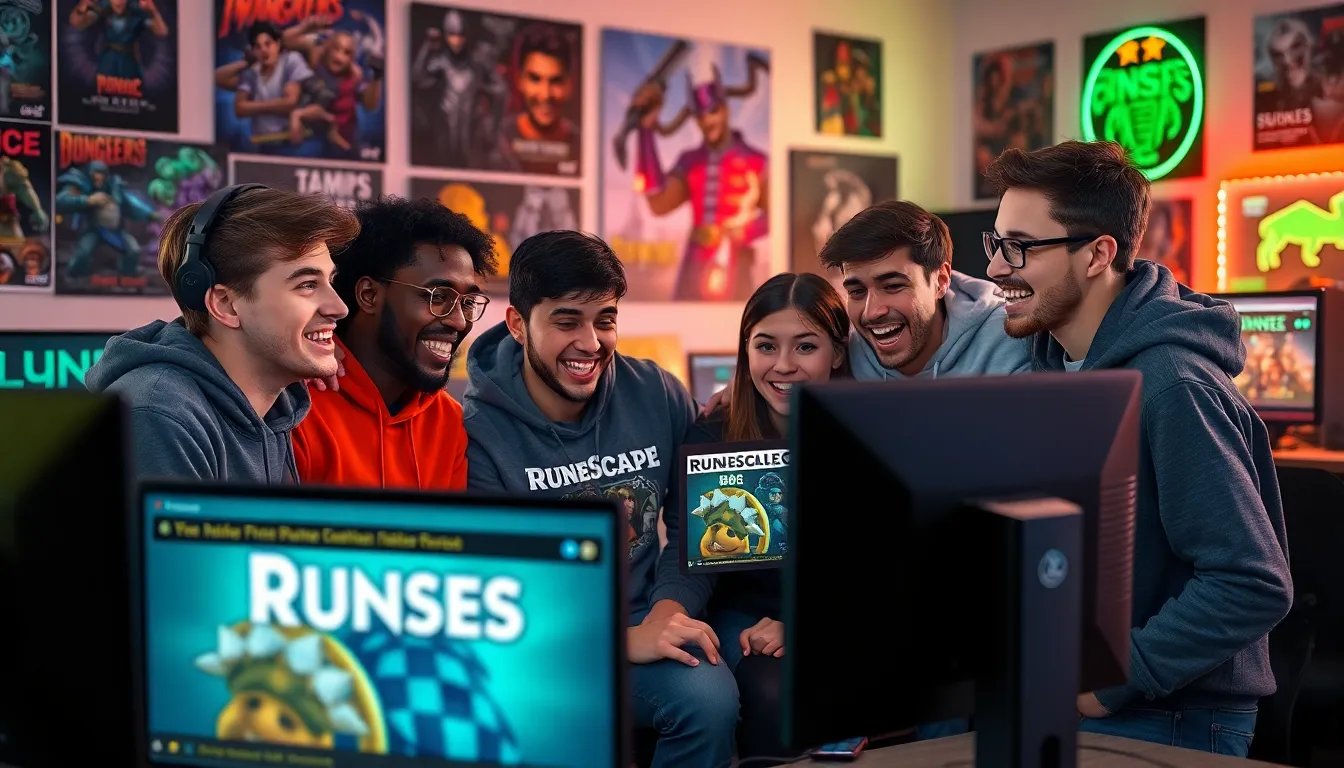In the vibrant world of Teyvat, where adventurers chase dreams and treasure, the art of wishing has become a beloved ritual. Players often find themselves pondering not just what they desire but how the history of Genshin wishes has shaped their journey. From the thrill of pulling a five-star character to the agony of getting yet another Noelle, understanding this whimsical system adds a layer of excitement to the game.
Table of Contents
ToggleOverview of Genshin Wishes
Wishing in Genshin Impact serves as a core mechanic for obtaining characters and weapons. Players spend a currency called Primogems to make wishes, a process filled with anticipation. Each wish summons items from a pool, which includes both common and rare selections.
Limited-time banners often introduce new characters, adding urgency to the wishing process. Genshin Impact implements a pity system that guarantees a five-star character after a certain number of unsuccessful pulls, generally set at 90 wishes. This encourages exploration and adding characters to one’s roster.
Duplicate characters can also appear during wishes, which may lead to frustration. Players expand their abilities through constellations, enhancing characters they already possess. Thus, gathering resources combined with duplicate characters can be bittersweet.
Wishing probabilities fluctuate between banners, impacting player strategies. While some banners might offer higher rates for specific five-star characters, others provide a more diverse selection. Always researching banner details improves the chances of getting desired items.
In their pursuit, players often share wish experiences on social platforms. This sharing fosters a community atmosphere, allowing individuals to celebrate wins and commiserate over missed opportunities. Engaging with the broader player community amplifies excitement surrounding each new banner introduction.
Exploring this wishing system reveals layers of strategy and emotion in Genshin Impact. Players’ choices not only reflect personal desires but also shape their journeys through the rich landscape of Teyvat.
The Evolution of Genshin Wishes

The wishing system in Genshin Impact has undergone considerable transformation since its launch. Players initially encountered limited banners featuring characters like Amber and Kaeya, making early wishes pivotal for establishing a roster.
Early Releases and Characters
Early releases in Genshin Impact set the foundation for the game’s engaging character system. Players sought iconic figures such as Venti and Fischl as they first explored the game. Each character brought unique skills and compelling backstories, enhancing players’ emotional connections. Banner availability typically included both five-star and four-star characters, influencing wish strategies. Engaging with these early wishes allowed players to familiarize themselves with fundamental mechanics, shaping future objectives.
Changes in Wish Mechanics
Wishing mechanics continually evolved, adapting player feedback and trends. Initially, no pity system existed, leading to random and sometimes discouraging experiences. The introduction of the pity system at 90 wishes marked a significant shift, ensuring a five-star character after multiple pulls. Seasonal banners frequently introduced limited-time characters, creating urgency and excitement. Adjustments to probability rates often influenced player behavior, encouraging research and strategic planning. These changes contributed to a community that thrives on collaboration and shared experiences.
Types of Wishes in Genshin Impact
In Genshin Impact, the wishing system features distinct types that players can utilize to obtain characters and weapons.
Standard Wishes
Standard wishes offer a consistent pool of characters and weapons, emphasizing accessibility. Players can use Primogems or Intertwined Fates to make these wishes. Often, these include four-star characters—the backbone of many teams—such as Noelle and Barbara. The selection remains stable, allowing players to accumulate favorites. The pity system ensures that after 90 unsuccessful pulls, players receive a five-star character, creating an element of suspense and anticipation.
Event Wishes
Event wishes showcase limited-time opportunities featuring new characters and weapons. Typically tied to specific storylines, these wishes heighten excitement among the community. Players are eager to pull for five-star characters like Hu Tao or Xiao, who possess unique abilities. High drop rates for new characters entice exploration and maximize the chances of obtaining sought-after heroes. Strategic planning plays a significant role, as players often save Primogems for these special banners to enhance their rosters.
Limited-Time Banners
Limited-time banners introduce novel gameplay mechanics through time-sensitive events. These banners frequently align with major patches or seasonal festivities, spotlighting exclusive characters. They often feature higher probability rates for new and popular characters, making gathering them even more thrilling. Players engage with each banner’s unique theme, taking advantage of powerful support or DPS characters. The anticipation surrounding limited-time banners generates excitement, as returning players eagerly participate to expand their collections.
Impact of Genshin Wishes on Gameplay
Wishing profoundly influences gameplay in Genshin Impact. Players rely on this system for character acquisition and team building, shaping their gameplay styles.
Character Acquisition and Team Building
Characters obtained through wishes determine team compositions and strategies. Five-star characters often introduce exceptional strengths and synergy among party members. Players frequently develop tactics based on featured characters from limited-time banners. Collecting these unique characters enhances overall gameplay experience as each addition contributes distinct abilities. Duplicate characters, instead of encouraging diversity, serve to enhance existing characters through constellations. Players navigate their roster to create optimal teams, focusing on elemental synergies and roles, thus elevating both their strategies and enjoyment of the game.
The Role of RNG in Wishes
RNG (random number generation) plays a key role in the wishing system. This unpredictability adds excitement, with each wish having varying potential outcomes. Players often experience a mix of anticipation and frustration due to RNG factors. While some receive coveted five-star characters quickly, others might face prolonged streaks without significant rewards. Understanding RNG dynamics drives many to develop strategic approaches, balancing their wish investments with planned expectations. Learning how the pity system integrates within RNG mechanics allows players to navigate their wishes more efficiently, reinforcing community discussions around optimal strategies for future pulls.
Community Response to Genshin Wishes
Players engage deeply with the wishing system in Genshin Impact, adapting their strategies over time. Understanding and planning around the pity system allows them to optimize their Primogem spending. Incorporating team compositions and character synergies into their strategies fosters diverse gameplay experiences. Players share insights on forums and social media, empowering others with knowledge on which banners to prioritize.
Discussions revolve around character viability, emphasizing how limited-time banners can significantly enhance team effectiveness. Strategies evolve based on the unique abilities offered by new characters. Players often conduct research on past banners, comparing odds and outcomes to inform future wishing. This dynamic environment ensures that players remain invested, continually adapting to changes in the wishing landscape.
Discussions on Monetization
Community feedback frequently addresses Genshin Impact’s monetization strategies. Opinions vary, with some players appreciating the game’s free-to-play model, while others voice concerns about spending. The balance between providing engaging content and maintaining fair monetization remains a hot topic. Players analyze the value of purchasing bundles and limited offers, weighing the perceived benefits against their gaming goals.
Transparency in odds and probability rates becomes a point of contention. Many players advocate for clearer communication, wanting to understand how their wishing investments translate into outcomes. Exploration of alternative monetization approaches generates conversations around player retention and satisfaction. Ultimately, monetization strategies spark discussions that influence how players perceive the game’s long-term viability and enjoyment.
The wishing system in Genshin Impact offers players a unique blend of excitement and strategy. Each wish brings the thrill of possibility while shaping the player’s journey through Teyvat. The emotional highs and lows associated with obtaining characters and weapons create a rich gameplay experience that keeps players engaged.
As the system evolves with new banners and mechanics, players adapt their strategies to maximize their Primogem investments. Community discussions surrounding character viability and the intricacies of the pity system foster a collaborative environment. Ultimately, the wishing system not only enhances gameplay but also deepens the connection between players and their characters, making every wish a significant moment in their adventure.








